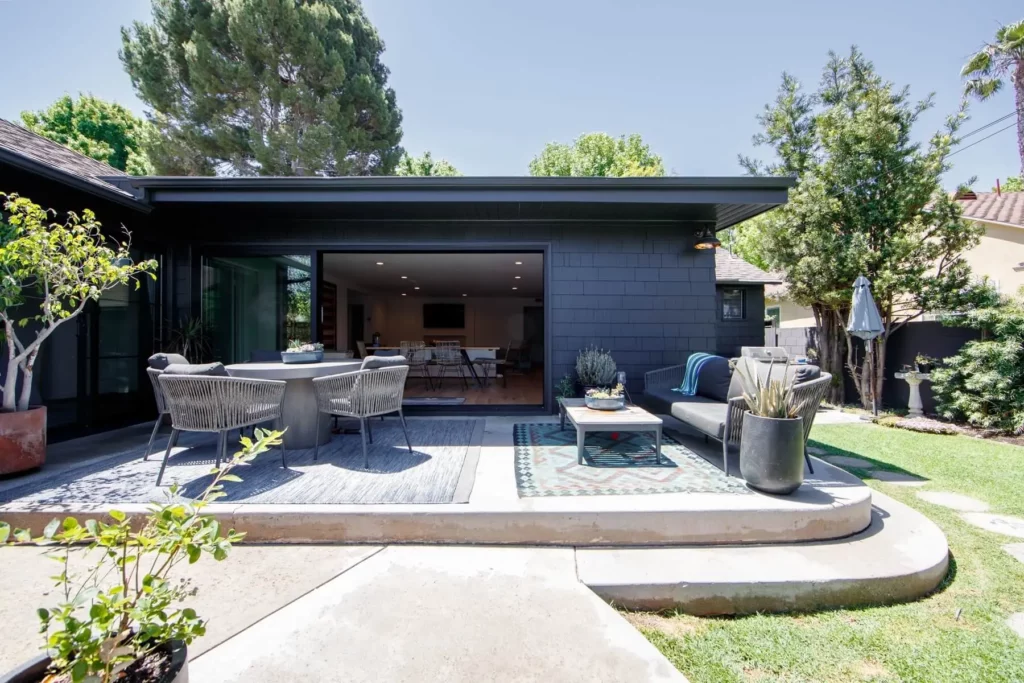If you want to know more about mental health housing programs in California, this article is for you. Roughly 1 out of 7 adults in California have a mental illness, while approximately 1 out of every 26 adults struggle with a severe mental illness that hinders their ability to perform everyday tasks.
Once you finish this brief article, you’ll have a deeper understanding of mental health programs, how they’re different in California, if they’re covered by insurance, and the difference between temporary and permanent supportive housing.
What Are Mental Health Housing Programs?
Mental health housing programs are residential facilities that help individuals with a mental health disorder or dual diagnosis transition back to daily life and responsibilities. Many individuals who leave or graduate from a residential or intense treatment program can feel overwhelmed once they return to daily life. A toxic home environment or lack of adequate home skills can make it hard for individuals to maintain healthy routines and focus on their wellness.
Mental health housing programs offer a safe and supportive environment where they can practice the skills and healing methods they learned while at an inpatient, outpatient, or partial hospitalization program while also learning how to cook, clean, socialize, and maintain a positive mental health space.
These programs come in many different forms, including:
- Mental Health Housing: These homes focus on helping individuals overcome mental health disorders and underlying issues.
- Sober Living: These homes focus on substance use disorders, helping residents stay sober and attend recovery programs.
- Halfway Houses: Halfway houses are usually government-run and funded for individuals who have recently been incarcerated or are required to go through substance abuse treatment.

How Do Mental Health Housing Programs In California Differ?
The Golden State, especially Southern California, is a great place to be if you’re looking for mental health housing programs. Southern California’s vibrant and diverse communities contribute to a rich social environment that fosters connection, understanding, and inclusion. Individuals residing in mental health housing programs in SoCal can engage in community activities, cultural events, and recreational programs, not to mention the stunning natural landscapes and scenery.
For less active people, SoCal has:
- The opportunity to visit gaming cafes and outdoor malls with Ferris wheels and restaurants.
- Access to movie theaters and film festivals, and local markets.
- The option to engage in fulfilling volunteer work, which not only brings a sense of satisfaction but also contributes positively to your newfound sober lifestyle. Make a difference while embracing your inner introvert.
For active people:
- Mental health housing programs can put together day trips to amusement parks. Take your pick from Universal Studios, Disneyland, Six Flags Magic Mountain, or Knott’s Berry Farm. Whether seeking thrills or family-friendly entertainment, these parks promise a day or evening filled with excitement and unforgettable experiences.
- Programs can also take trips to parks and sports centers. Enjoy friendly competition while playing basketball, baseball/softball, or soccer. Not only will you get your blood pumping, but you’ll also have the opportunity to socialize and make new friends.
- Escape into nature by hiking one of Southern California’s many scenic trails. Explore beautiful locations like the Devil’s Punchbowl, Mount Baldy, Sturtevant Falls, or the Bridge to Nowhere. These trails provide a perfect retreat, allowing you to immerse yourself in the beauty of the outdoors while enjoying a rejuvenating hike.
- If sports aren’t your cup of tea, but you still crave the outdoors, spend time at the beach. Learn to surf, indulge in scuba diving or snorkeling adventures, or relax on the sandy shores with a delightful picnic. The beach offers a serene, refreshing setting to unwind and meditate.

Does Insurance Cover Mental Health Housing Programs In California?
Providers like United or Aetna usually offer coverage for residential treatment and supportive housing programs. It’s crucial to review your plan’s terms, speak with your provider, and understand the covered services, costs, and any requirements for pre-authorization or eligibility. Each policy may have specific criteria, so being well-informed is essential to determine the extent of coverage for mental health housing programs.
In California, there are state laws in place to protect individuals seeking mental health treatment and ensure insurance coverage for necessary services. The California Mental Health Parity Act requires insurance plans to provide equal coverage for mental health and substance use disorder treatment, including residential and outpatient programs. The California Mental Health Parity Law also extends the federal MHPAEA regulations by mandating coverage for all medically necessary mental health services, including those provided in residential treatment facilities.
Temporary Vs. Permanent Supportive Housing
There are two forms of mental health housing programs: Temporary and privately owned housing and permanent and non-profit-run supportive housing. Most individuals will choose them if they have difficulty transitioning back to daily life for a few months or an extended period.
- Temporary: After receiving initial treatment for mental health, many individuals, including those with a dual diagnosis, may not feel ready to return home. Temporary mental health housing serves multiple purposes. Residents usually stay for around 90 days, and it serves as a step-down option for individuals transitioning from residential treatment, providing a supportive bridge to more independent living. Alternatively, it can offer a haven for those who need time to find a healthy, long-term living situation. In such cases, mental health housing provides temporary accommodation while individuals make necessary arrangements.
- Permanent: Supportive housing combines affordable and permanent housing with comprehensive support services for people experiencing homelessness and disabilities. It resolves homelessness, increases housing stability, improves health outcomes, and reduces public costs. Tenants have no time limits and can stay as long as they meet basic obligations. Support services are encouraged but not mandatory. Supportive housing can take different forms, such as new construction or leasing individual apartments throughout an area, providing a lasting solution for individuals in need.

Contact Riviera Recovery
If you or someone you know could benefit from a mental health housing program in California, contact Riviera Recovery. Our two mental health homes in West Los Angeles are the perfect places to overcome struggling mental health disorders while living in a safe and supportive space. Our program leaders are trained to help anyone of any gender find their wellness path with access to everything they need, including a beautiful view.


